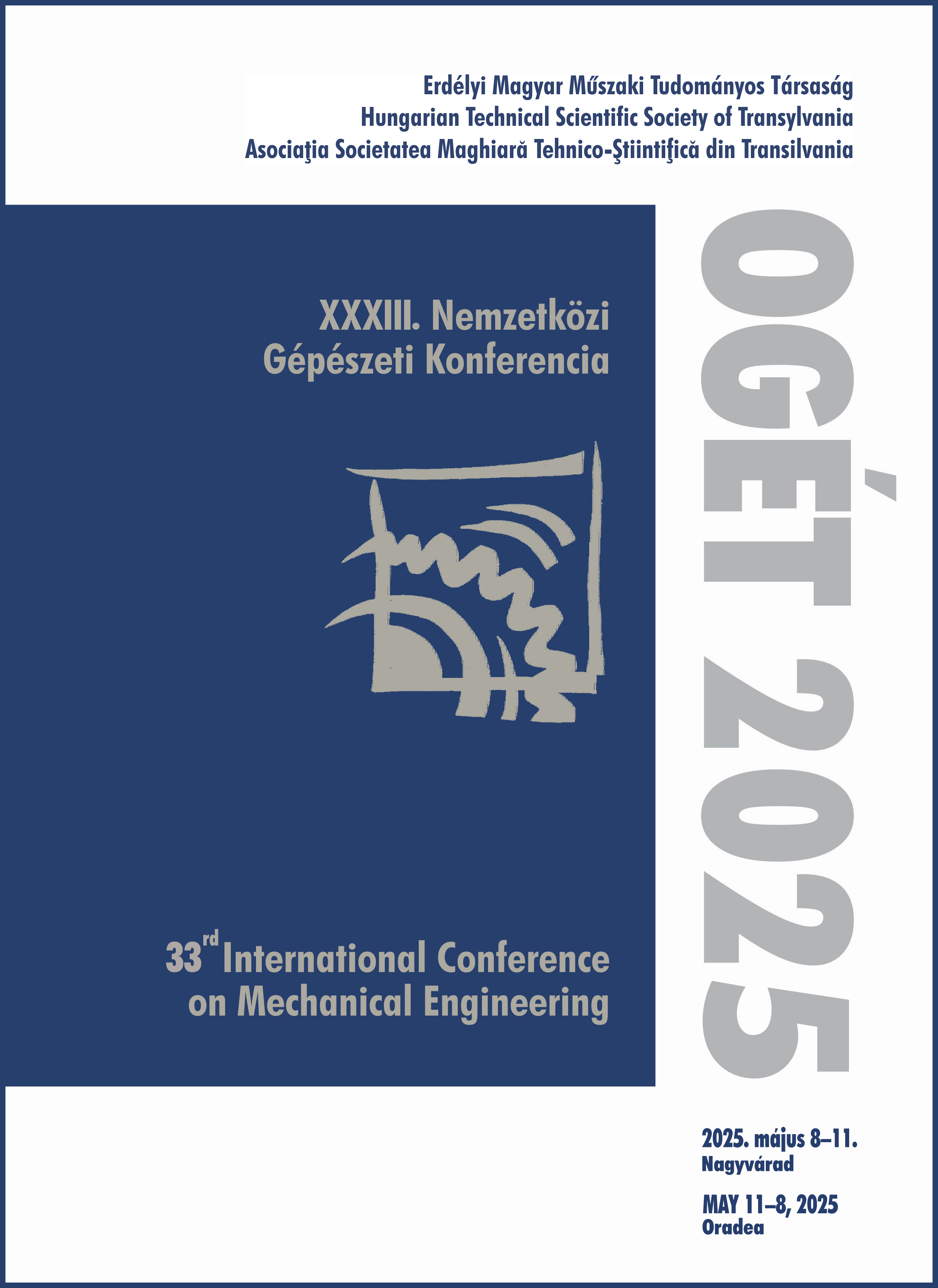Elektromos roller dinamikájának kísérleti vizsgálata
Experimental analysis of electric scooter dynamics
Keywords:
micromobility, center of mass, state of motion, neural network, sensor, camera, /, mikromobilitás, súlypont, mozgásállapot, neurális háló, szenzor, kameraAbstract
In recent years, electric micromobility vehicles (e.g., electric scooters, unicycles, skateboards, one-wheels, and segways) have gained significant popularity. From both traffic and environmental perspectives, micromobility vehicles have benefits, as users can avoid traffic jams while they can also easily carry them on public transport. Furthermore, electric micromobility vehicles do not pollute the city’s air. Controlling these vehicles poses a much more significant challenge for users. On the one hand, we mainly deal with tasks related to the control of spatial dynamical problems. On the other hand, the complex motion coordination of the human body is required for control. As a result, the spread of micromobility vehicles has also led to an increased number of road accidents involving personal injuries. Therefore, exploring the dynamics of the vehicle-human system is essential for making micromobility vehicles safer.
In our research, we managed to determine the physical quantities that need to be measured in order to experimentally gather information about the motion state of an electric scooter, and we also implemented this measurement in practice. Due to the small size of the vehicle, the rider’s movement significantly influences the motion of the vehicle. Therefore, it is essential to gather information on how the riders move on the vehicle and how they pose their center of mass in different situations. In this study, we examine how accurately a neural network-based algorithm can determine the position of the rider’s center of mass based on footage recorded by a camera.
Kivonat
Az elmúlt években az elektromos mikromobilitási járművek komoly népszerűségre tettek szert kis tömegüknek és kis méretüknek köszönhetően. Mind forgalomtechnikai, mind környezetvédelmi szempontból előnyösek, mivel esetenként elkerülhetők velük a forgalmi dugók, míg más esetben könnyen szállíthatók a tömegközlekedési eszközökön. Elektromos mivoltuk miatt pedig a város levegőjét sem szennyezik. Irányításuk komoly feladat elé állítja a felhasználókat. Egyrészt többnyire térbeli gördülési feladatok szabályozásáról beszélünk, másrészt a szabályozási feladatban az emberi test összetett mozgáskoordinációjára van szükség. Ennek köszönhetően elterjedésükkel a személyi sérülésekkel járó közúti balesetek száma is megnőtt. Ezért a jármű-ember rendszer dinamikájának feltérképezése nélkülözhetetlen a mikromobilitási járművek biztonságosabbá tételében.
Kutatásunkban azzal foglalkozunk, hogy milyen fizikai mennyiségek mérése szükséges ahhoz, hogy kísérleti úton információt gyűjtsünk egy elektromos roller mozgásállapotáról, és ez hogyan valósítható meg a gyakorlatban. A jármű kis méretének köszönhetően az ember mozgása jelentősen befolyásolja a jármű mozgását. Ezért elengedhetetlen információt gyűjteni arról, hogy az ember milyen mozgást végez a járművön, hova helyezi a súlypontját különböző helyzetekben. Cikkünkben megvizsgáljuk, hogy egy kamera által rögzített felvétel alapján neurális háló alapú algoritmusokkal mennyire pontosan lehet meghatározni az ember súlypontjának helyzetét.
References
Whipple, F.J.W. The stability of the motion of a bicycle, Quart. J. Pure Appl. Math. pp. 312–348, 1899.
Horváth H. Zs., Takács D. Balancing riderless electric scooters at zero speed in the presence of a feedback delay.
Multibody Syst Dyn (2024), https://doi.org/10.1007/s11044-024-10019-z
R. Hari Krishnan, V. Devanandh, Aditya Kiran Brahma, S. Pugaznenthi Estimation of mass moment of inertia of human body, when bending forward, for the design of a self-transfer robotic facility, Journal of Engineering Science and Technology Vol. 11, No. 2 (2016) 166 - 176
Mihályi L., Ji Xunbi A., Orosz G., Dénes T. Data Collection for Learning the Dynamics and Control of an Electric Unicycle, The Evolving Scholar - BMD 2023, 5th Edition (2023) pp. 1-2. , 2 p.
Ultralytics. (2023). YOLOv8: Real-Time Object Detection and Segmentation.
Nagymáté G., Kiss R. Affordable gait analysis using augmented reality markers., Budapest, 2019, https://doi.org/10.1371/journal.pone.0212319


